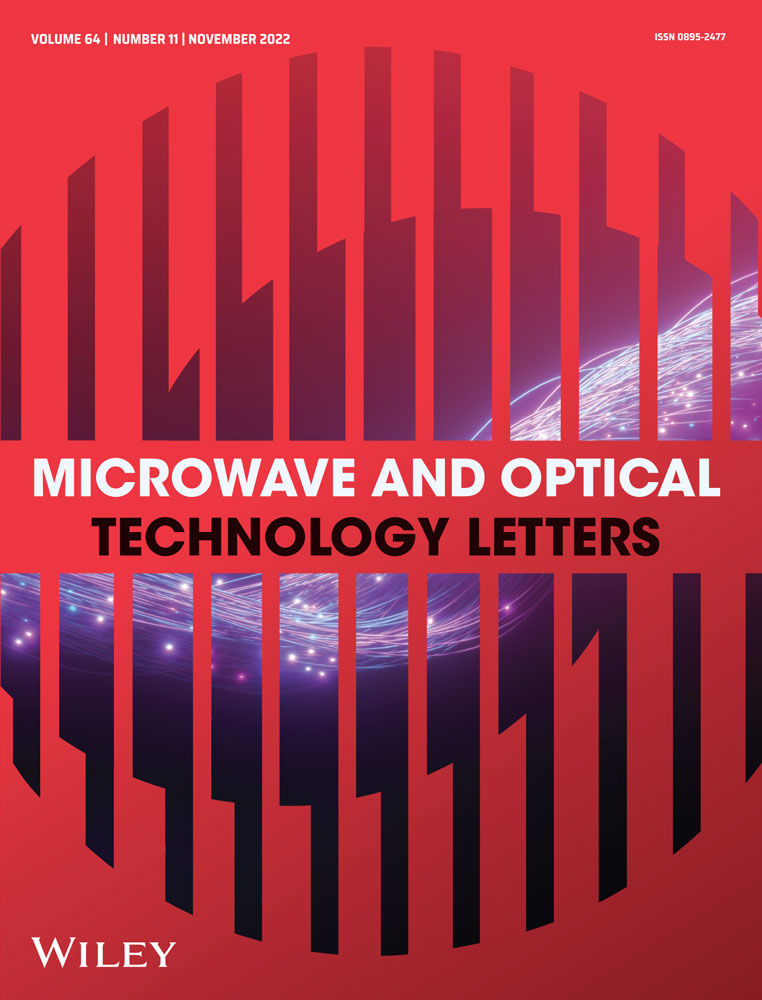A low phase noise dual-band voltage-controlled oscillator based on switchable tunable filter
Abstract
In this letter, a parallel-feedback dual-band voltage-controlled oscillator (DVCO) with low phase noise and a wide tuning range is proposed. The DVCO is composed of two tunable filters associated with four switches and an active device. By controlling four switches, the oscillation frequency can be switched and oscillated in one of two bands. The employed tunable filter with maintained passband shape and wide frequency tuning range (FTR) is beneficial to designing wideband DVCO with low phase noise. Owing to the maintained frequency response, the sharp phase variation and high in-band group delay can be maintained during the filter tuning process, which can enhance the phase noise improvement. Moreover, the sharp phase variation can realize the phase compensation in a wide FTR when tuning the DVCO. To develop a DVCO with a simple circuit scheme, the two-pole tunable filters with two different FTRs are designed. For verification, the proposed DVCO is designed, manufactured, and measured. The measurement results show that each band of the DVCO has a tuning range of 1.97–2.58 GHz (27.8%) and 2.934–3.468 GHz (16.7%), respectively. For the lower band, the phase noise at 100 kHz and 1 MHz frequency offset is better than −99.2 and −126.4 dBc/Hz, respectively. While for the upper band, the phase noise at 100 kHz and 1 MHz frequency offset is better than −101.2 and −127.4 dBc/Hz, respectively.
Open Research
DATA AVAILABILITY STATEMENT
The data that support the findings will be available in [repository name] at [DOI/URL] following an embargo from the date of publication to allow for the commercialization of research findings.




